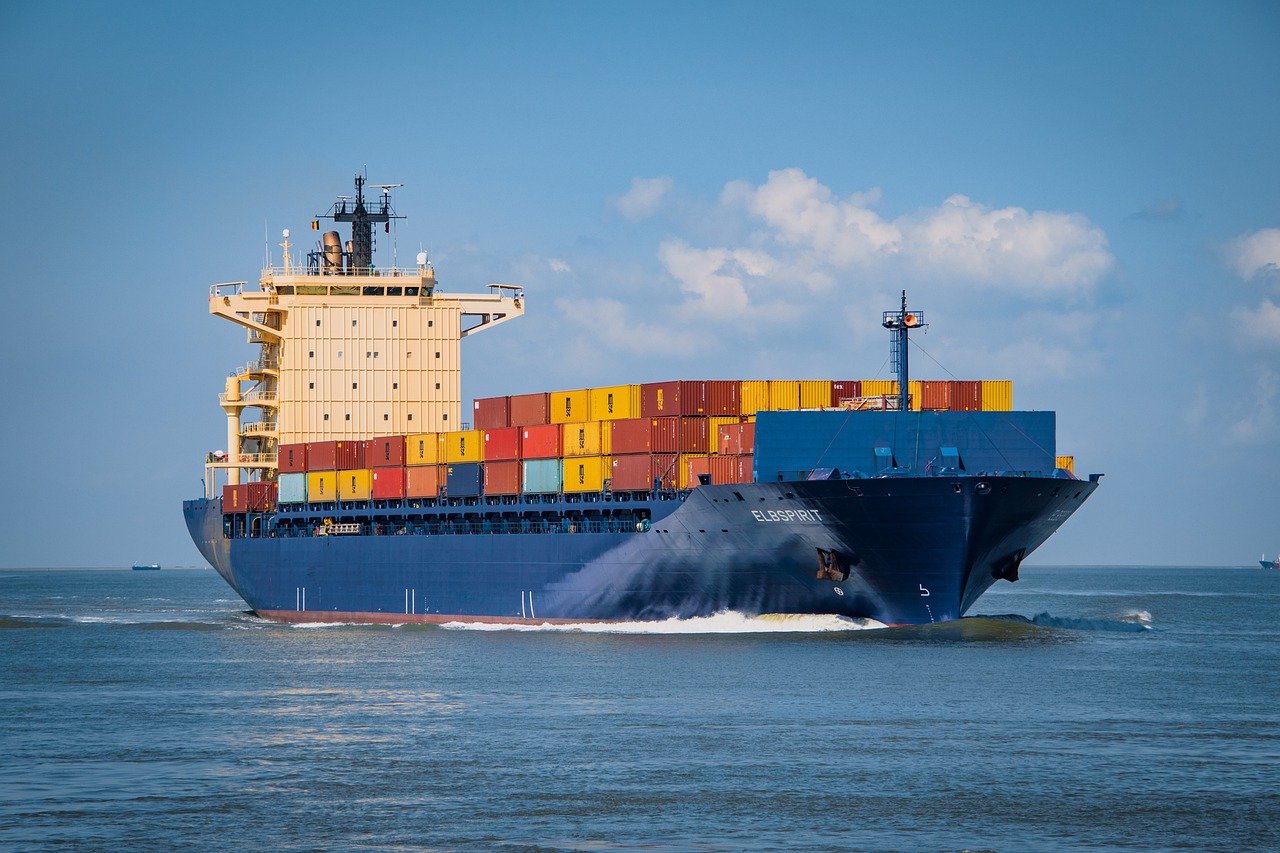Because tensions over Taiwan threaten the recovery of supply chains

Data and polls show that the supply chain crisis is improving, but inflation and geopolitical crises could hinder the recovery. Here because
It started with the pandemic and lockdowns, continued with the Ever Given stranded in the Suez Canal and got worse with the Russian invasion of Ukraine. Now, however, the period of crisis of the "supply chains" – is the name of the maxi-system that forms the basis of world trade – seems to be heading towards a "relative calm" after eighteen "turbulent" months, writes the Financial Times .
Delays and hitches remain, but the data and polls tell of a more relaxed situation.
HOW DOES THE SEA AND AIR TRANSPORT GO
According to freight forwarding firm Freightos, for example, the average cost of shipping a 40-foot container by sea has dropped 45 percent from last fall. At the port of Los Angeles the number of ships waiting to unload has dropped by 75 percent since the beginning of the year: it is the most important port in the United States, which in October 2021 was in such a serious flooding condition that the President Joe Biden announced that it would remain operational "24/7" (ie all day, every day of the week).
The logistics company Flexport has made it known that also the delivery times of air transport – it is often the fallback choice, because it is more expensive, in situations of congestion of the ports – are improving. In July, the pressure index of global supply chains, compiled by the Federal Reserve Bank of New York, fell 57 percent from its peak.
WHAT THE POLLS SAY
Not only the data, but also the polls are positive. The latest monthly survey from S&P Global says that businesses operating in many of the world's largest economies reported a decrease in delivery times for materials and components in July. According to European Commission surveys, the shortage of materials and equipment is no longer a limiting factor for manufacturing production in Europe.
In the industry there is optimism, in short: it is believed that in the coming months the setbacks will be even less. More than 40 percent of US companies that participated in a Federal Reserve Bank of Philadelphia survey say they expect delivery time improvements over the next six months.
THE RENO RIVER PROBLEM IN EUROPE
However, waiting periods for unloading containers remain long in ports on the east coast of the United States and in those in northern Europe. In Europe, in particular, the very low water levels of the Rhine – essential for the movement of goods on the continent – due to extreme heat and drought are damaging river transport: some barges cannot sail, while others are forced to reduce the load three quarters.
THE OPINION OF KONINGS (ING BANK)
Joanna Konings, an economist at ING Bank, told the Financial Times that "the pressure on the supply chain was so severe that companies were disrupting production and the shortage [of products, ed ] was driving prices up." Now, however, “we are starting to see that goods can get where they need to go. And that the international trade system is dynamic and can recover ”.
THE CONSEQUENCES OF INFLATION
Despite the good news, this recovery in logistics could, however, find a market that is not particularly receptive. Generally high inflation is in fact affecting the purchasing power of consumers, causing their demand for goods to drop.
In some cases – writes the Financial Times – the "unblocking" of the value chains was facilitated precisely by the lower orders of products, which favored the disposal of backlogs. Other times, however, faster backlog management has been possible thanks to the efficiency of work in logistics hubs, for example through process automation.
THE CHINA EXERCISES IN TAIWAN
Beyond the economy, there is also a factor that threatens the so-called supply chains : geopolitics.
China's recent military exercises near Taiwan have forced vessels loaded with goods or energy to change course and lengthen shipping times. The waters around the island are essential for maritime trade : this year 88 percent of the main container ships passed through. Other crises in the strait – there is already talk of a "new normal" of tension for Taipei – could therefore again upset the general situation of the supply chains. Pushing inflation even higher, perhaps, which is partly due to the increase in shipping costs.
FROM JUST-IN-TIME TO JUST-IN-CASE
The system that regulates global supply chains is also undertaking a large transition from the just-in-time model ("just in time": it aims to minimize production costs and involves many steps around the world) to a more robust one. , just-in-case , based on inventory and therefore better able to withstand production and shipping hitches.
This is a machine translation from Italian language of a post published on Start Magazine at the URL https://www.startmag.it/economia/ripresa-filiere-crisi-cina-taiwan/ on Sat, 13 Aug 2022 06:46:12 +0000.
